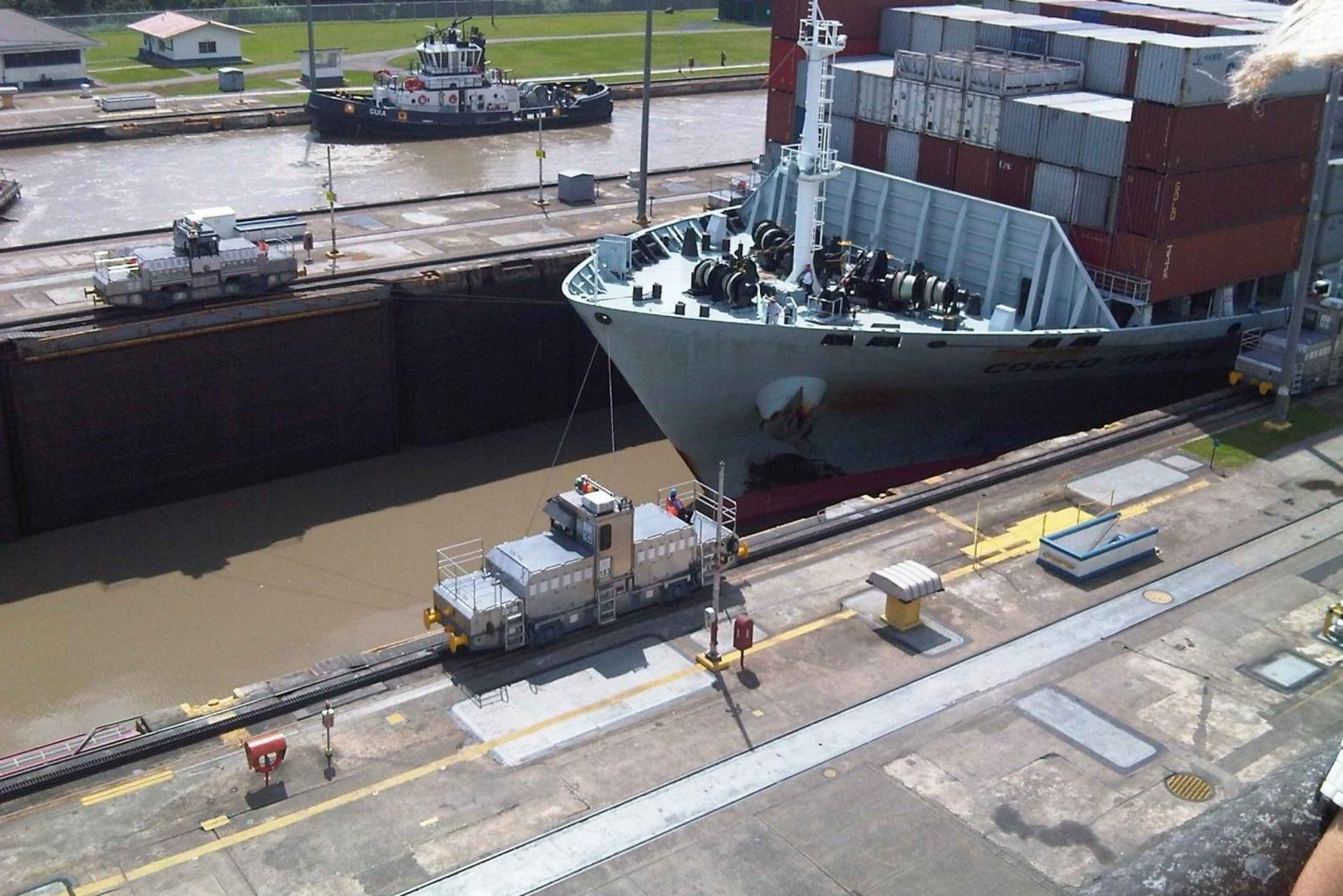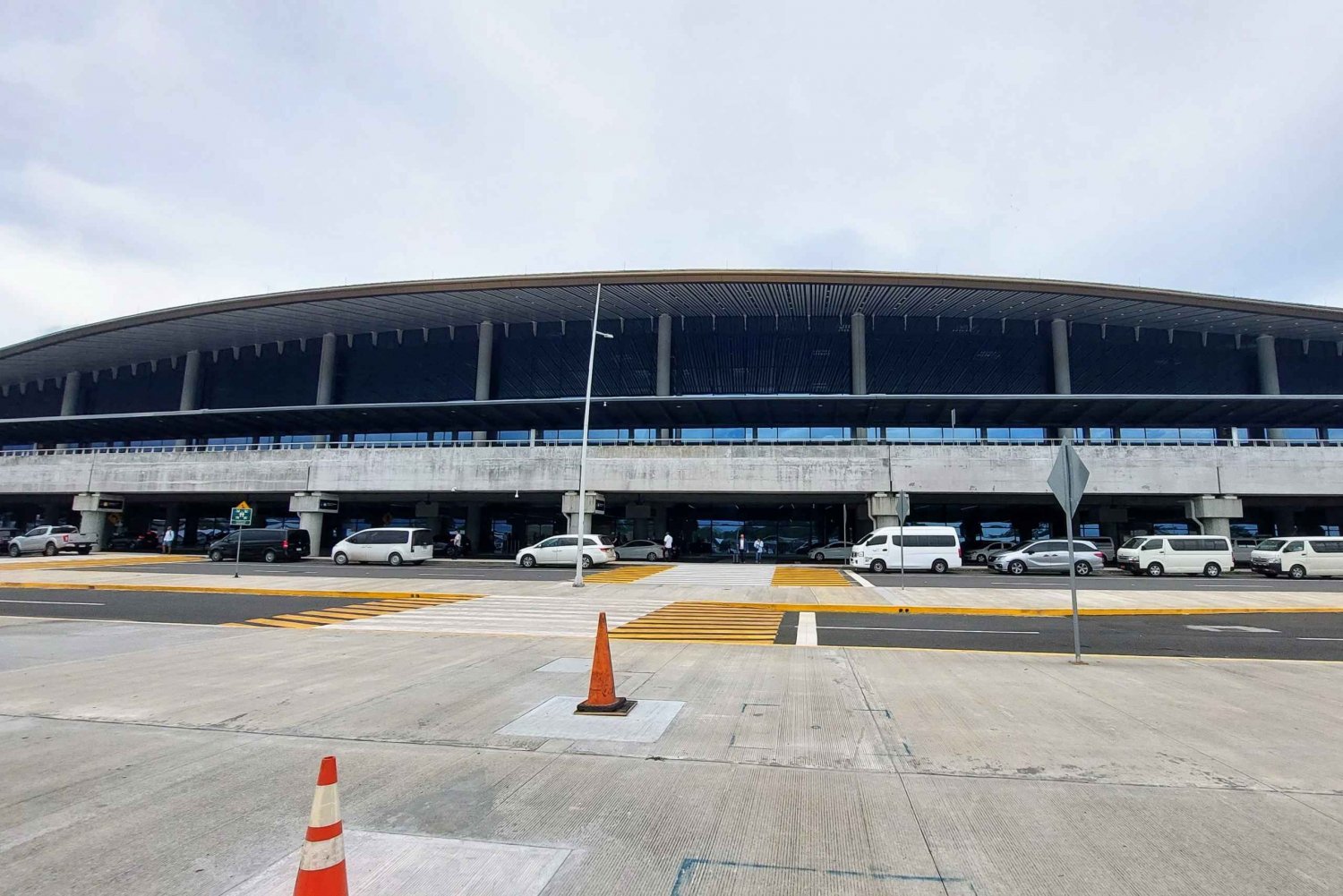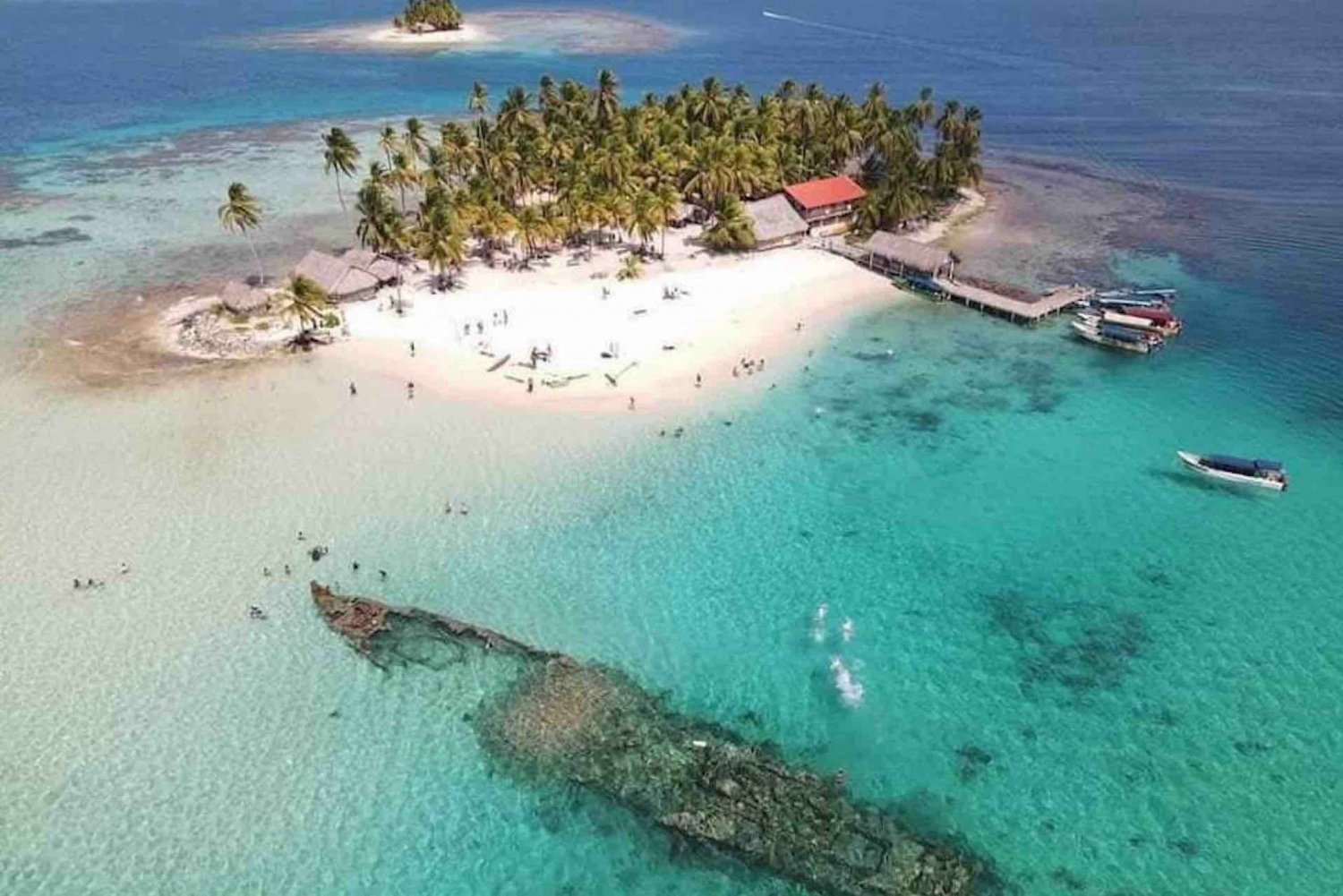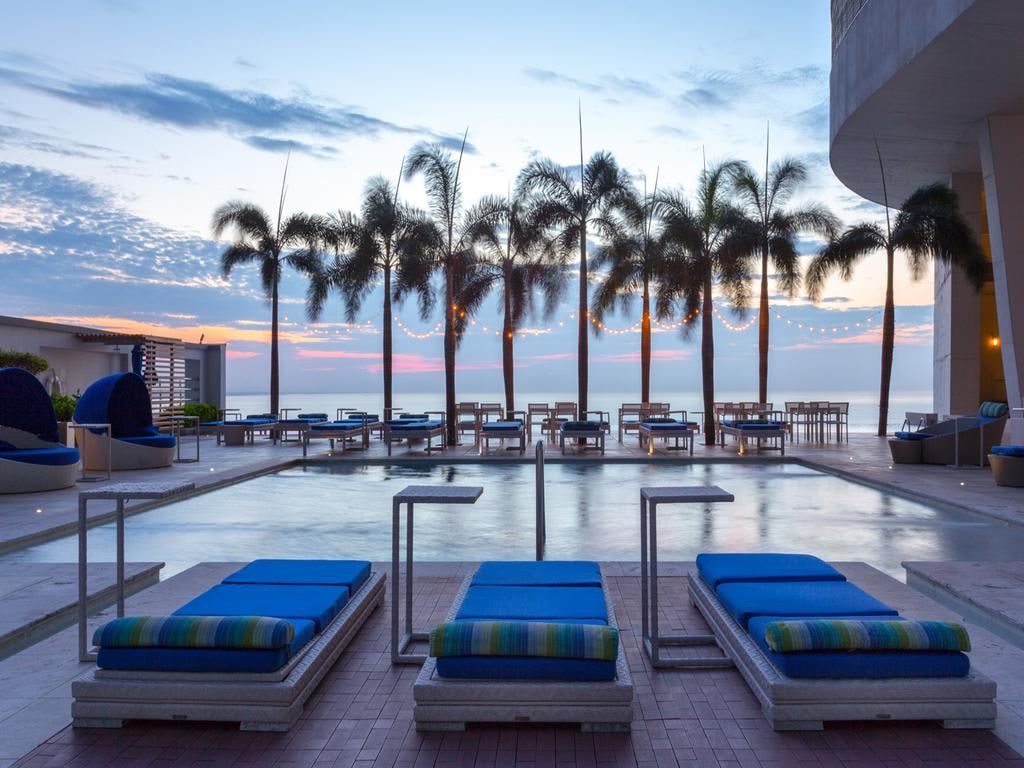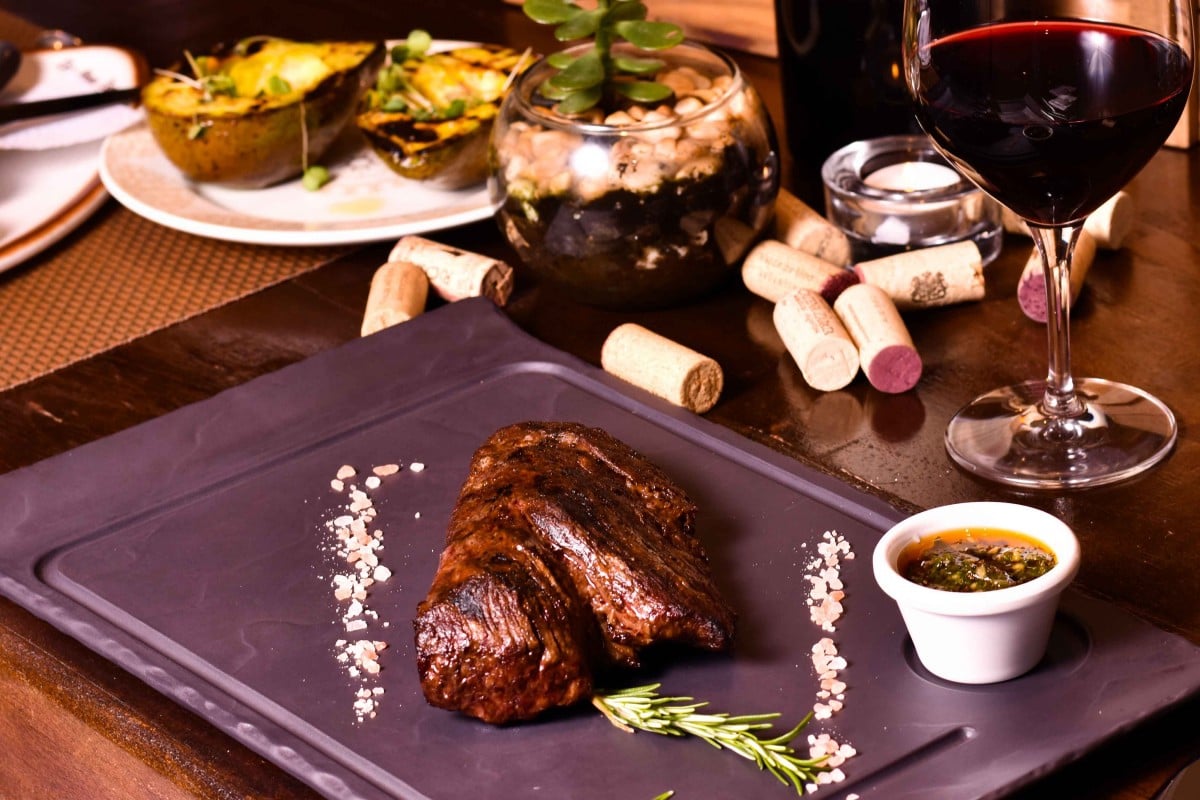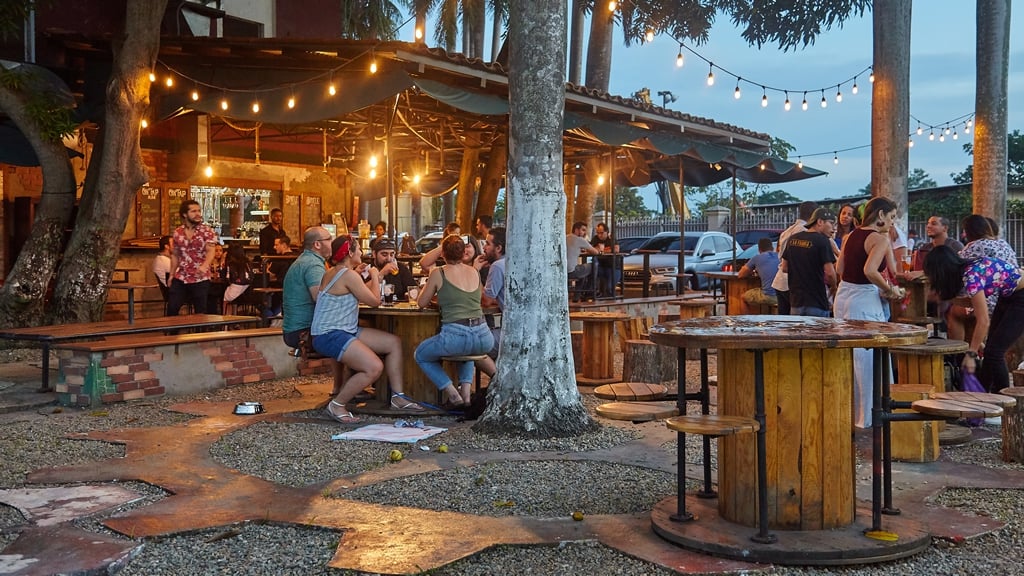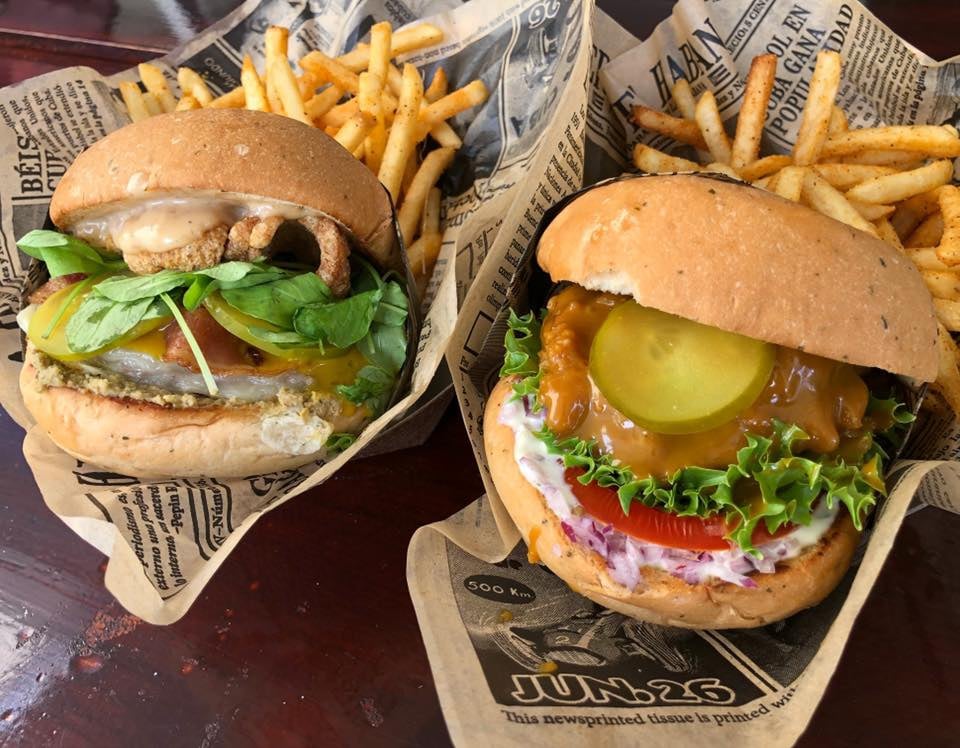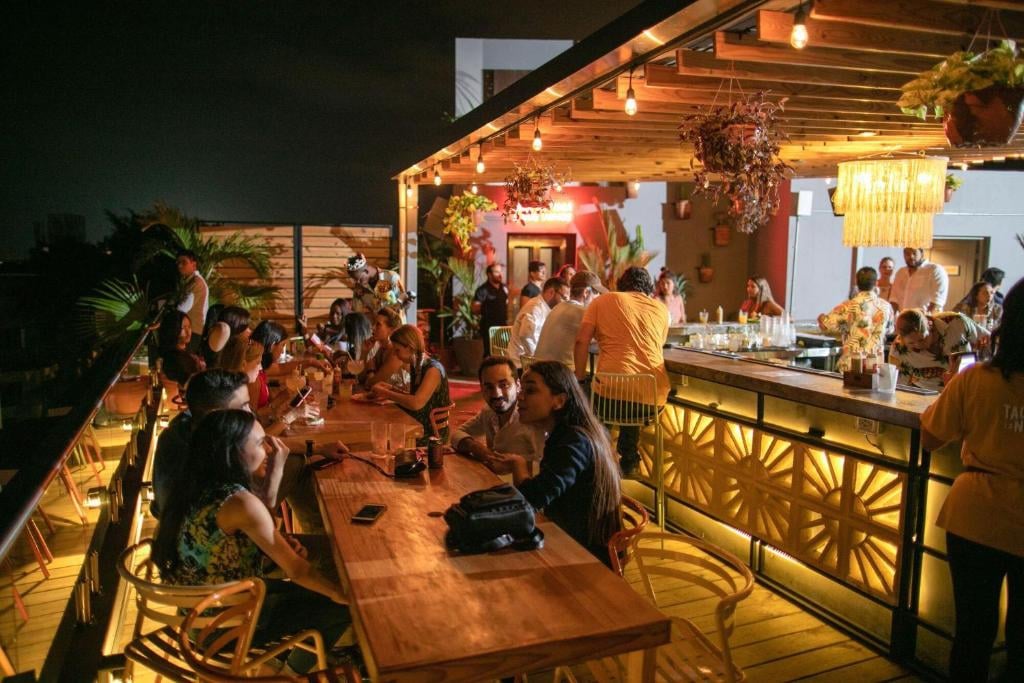Panama Attractions - Top Ten Attractions in Panama
The Panama Canal
The Panama Canal considered one of the world's engineering marvels, unites commercially the Isthmus of Panama with the Americas, Europe, and Asia. Located in the heart of the Americas, between the Caribbean Sea and the Pacific Ocean, the waterway since it was built by the U.S. in 1914, has provided extraordinary service to the global maritime trade for nearly a century.
The road, 80 kilometers long, is a pioneering work of the early twentieth century. Started by Frenchman Fernand de Lesseps, its construction demanded about 70 thousand workers brought from the Caribbean, Central America, Europe, China; many who died from tropical diseases like malaria and yellow fever.
The Panama Canal was administered by the United States until December 31, 1999, after this period Panama assumed full control of the waterway and its surrounding areas of 1,432.20 square kilometers, called the Canal Zone. The Panama Canal expansion referendum was held on October 22, 2006, when the citizens of Panama approved the Panama Canal expansion project by a wide margin. This expansion will allow Post Panamax vessels to cross the waterway.
The inter-oceanic route is one of the major attractions there is, visited by travelers from all over the world, who enjoy a majestic work that remains operational and constantly improving over time.
Casco Antiguo (Old Quarter)
After the destruction of the old colonial city of Panama, the Spanish Crown built a new, fortified and walled city in 1673, now known as the Casco Antiguo or Casco Viejo. In 1977, the Casco Antiguo was declared a World Heritage site by the United Nations Educational, Scientific and Cultural Organization (UNESCO).
Located in the San Felipe neighborhood, the historic district of the Casco Antiguo is the greatest national treasure of Panama’s colonial period. Visitors can comfortably stroll down its narrow cobblestone streets, view turn-of-the-century French and neoclassical architecture, and enjoy traditional and international cuisine in its many fine restaurants, headed by talented chefs from Panama and the world.
Besides the Panama Canal, the San Felipe district is the most visited site by tourists. The area offers extraordinary diversity as its many buildings and streets bore silent witness to 400 years of history.
| Sites of interest to visit in the Casco Antiguo: | |
| • The Metropolitan Cathedral | • City Hall |
| • Church of St. Francis of Assisi | • Ministry of Government and Justice |
| • St. Joseph's Church | • Courthouse |
| • Iglesia de La Merced | • Bastion of Jesus |
| • Church of St. Philip Neri | • The Wall |
| • Santo Domingo Church | • National Theater |
| • Museum of Colonial Religious Art | • Panama Canal Museum |
| • Presidential Palace | • House of the Municipality |
| • Iglesia de San Ignacio de la Compania de Jesus | |
Old Panama City
Panama Viejo or Old Panama was the first settlement constructed by the Spanish Empire in the Pacific Coast of Latin America. In 1997, its 16th-century ruins were declared by UNESCO as a World Heritage Site.
Founded in 1519 by Pedrarias Avila, the city was one of the launching points for expeditions to Peru headed by Francisco Pizarro, who conquered the Inca Empire in 1532. It was also an important crossroads for trade routes of the time and became a precursor to the famous Portobelo fairs.
Panama has preserved remnants of the original ruins that were devastated by the famous buccaneer Sir Henry Morgan in 1671. The ruins are located facing the Bay of Panama and stand in the midst of a modern city that grows around it. Two years after its destruction, the city was relocated to an area known today as the Casco Antiguo or Old Quarter, another UNESCO World Heritage site.
The main building in the ruins of Old Panama is the bell tower of Nuestra Señora de Asunción Cathedral, which is visited daily by tourists and Panamanians alike, who walk through the old city’s narrow, cobblestone streets to learn more about its history. This historical site also houses a museum, visitor center, souvenir shops, and several dining options.
Natural Metropolitan Park
With more than 77,000 square kilometers (29,000 square miles), Panama, which means an abundance of fish, is an important part of the Interoceanic Biological Corridor. Its rich biodiversity ranks Panama among the top 25 countries with the richest habitats for native flora species in the world, as its 13 different ecosystems have numerous endemic plants that are unique to the area.
Panama has also been called "Green Panama" for the lush vegetation that covers a great part of its territory. Today, Panama is taking great measures to conserve and protect its ecological heritage, especially the Metropolitan Natural Park, which acts as a "green" lung for its urban residents and is a fascinating place to visit.
The Metropolitan Natural Park is located in the heart of Panama City and covers 230 hectares. It is a unique ecological corridor that extends from the Pacific to the Atlantic Ocean and borders the banks of the Panama Canal. A great part of the natural vegetation of the park is a tropical dry forest. Visitors to Panama have easy access to a spectacular natural habitat just minutes from a metropolitan capital.
Being able to enjoy nature at its finest so near an urban center is a privilege for many tourists, who like to enjoy diverse activities in one central place without worrying about distance and time. In Panama, for example, you can enjoy world-class bird-watching just steps from the bustling capital.
Ancon Hill
Located at the heart of Panama City, Ancon Hill rises 199m (654ft.) high and provides views that overlook the entire city. It is a popular attraction and frequently visited by tourists staying in the capital. The hill is a natural monument to the splendorous wild flora and fauna that thrives in the midst of an urban center.
Ancon Hill is the highest point in the capital city and visitors can reach the summit either by foot or car. From the various look-out areas at its peak, you can enjoy spectacular views of the Panama Canal, the ruins of the old colonial city, and the Bridge of the Americas. In 1981, the Government of Panama declared Ancon Hill a natural sanctuary and protected wildlife refuge.
Ancon Hill has a long history, dating back to the construction of the Panama Canal. While under U.S. control, the American authorities transformed the hill to serve as a large rock quarry to fill the Canal locks. When inaugurated in 1914, the first ship that officially transited the Panama Canal, one of the engineering wonders of the world, was the SS Ancon. This steamship had been renamed "Ancon" in honor of the area housing the Panama Canal Commission.
At the summit of Ancon Hill waves a basketball-court-size flag, one of the largest in the world, in celebration of the signing of the Torrijos-Carter Treaties in 1977, which returned the Panama Canal Zone areas, which were under U.S. jurisdiction, to Panamanian hands. The Panamanian poet Amelia Denis de Ycaza composed an ode to Ancon Hill with poignant words that spoke about its singular beauty as a symbol of Panama and of the yearning of its return to Panamanian hands.
"No longer do you capture my footprints,
No longer are you mine, idolized Ancon.
Destiny has undone the ties
That bound my heart to yours."
Due to its importance and history, Ancon Hill is a must-visit during your stay in the Isthmus.
Pearl Islands (Archipielago de las Perlas)
Located just 20 minutes from Panama City is the Pearl Islands Archipelago, a group of islands whose warm waters and fine sand are a paradise to visitors. The Pearl Islands are one of the greatest year-round attractions of this small isthmus flanked by two of the world’s largest oceans. The Spanish explorer Vasco Nunez de Balboa, who "discovered" the South Sea over 500 years ago, now known as the Pacific Ocean, was dazzled by the magnificent oysters and grandiose pearls found in the area.
The Spanish conquistadors used these islands, specifically Contadora Island, to count the gold and magnificent pieces of jewelry they took as booty from their plunders. Contadora was also the host to the negotiations between Panama and the United States that would later materialize into the Torrijos-Carter Treaty, which returned the Panama Canal, a principal economic resource, to the Isthmian nation.
Throughout the Archipelago, nature has undoubtedly left an indelible stamp of pristine beauty. Although it would be enough to just relax and contemplate the view or dive into the crystalline waters, Contadora’s natural surroundings invite visitors to try other activities, either alone or with family:
| • White sand beaches | • Bird watching |
| • Snorkeling | • Surfing |
| • Diving | • Observation of sea turtles |
| • Island Tours | • Visits to indigenous communities |
Amador Causeway
Constructed with rocks excavated from the Canal’s Culebra Cut, this area has been transformed into one of the main tourist attractions in Panama City. Amador offers a great variety of restaurants and is one of the principal weekend getaways where families come to walk, skate, ride bikes or just enjoy the splendid tropical climate during bright sunny mornings and late afternoons.
The Amador Causeway provides visitors with magnificent scenic views of the Panama City skyline, the Bridge of the Americas, and the Bay of Panama in the Pacific Ocean, where ships wait their turn to enter the interoceanic waterway. The Causeway has a marina to dock yachts and once was a site visited by famous pirates who devastated the Old Spanish City of Panama where gold was kept until its subsequent transfer to the capital of the Spanish Empire.
Taboga Island
Panama is a small country and almost everything is within easy reach, which is a great advantage for visitors who can enjoy a great variety of activities only a short distance away. One of those nearby attractions is Taboga. The Island of Taboga is located only 12 nautical miles from the capital, a short 45-minute boat ride. Taboga is a true example of most destinations in Panama City –places that offer adventure-seekers a ride through time, history, nature, and modernity.
The name Taboga means an abundance of fish and hails from the Indian word "iboga", a reference to a type of fish found in the area. It is also known as the Island of Flowers. Taboga has good beaches and hotels and its inviting waters were said to be frequented by the dreaded English pirate Henry Morgan in the 17th century, who plundered Taboga after destroying Panama City. The island was also a temporary home to the great French impressionist painter Paul Gauguin, and the first Catholic saint of Latin America, Saint Rosa de Lima, who was born here. Don’t miss visiting Taboga -- it is a peaceful haven in the Pacific Ocean.
Bridge of the Americas
The Bridge of the Americas was built in 1962 by the United States Government to unite Panama City with the rest of the country. It is a national symbol that rises 118m above sea level in the Bay of Panama and tells the story of how the Canal’s construction divided the nation, while the Bridge of the Americas reunited it once more. This road bridge spans 1,654m (5,425ft.) across the Pacific entrance to the Panama Canal and connects North and South America.
At night, the illuminated Bridge of the Americas is a majestic sight as it rises above the Pacific entrance to the Panama Canal. The bridge also adds tremendous value to Panama City as it carries an average of 50,000 vehicles daily. Its elegant and slim truss-arched structure encourages the visitor to pause and admire this beautifully-designed engineering wonder.
In 2004, four decades after the construction of the Bridge of the Americas, the Government of Panama built the Centennial Bridge as an alternate crossing over the Panama Canal. The Centennial Bridge significantly alleviated congestion on the Bridge of the Americas.
Gatun Lake
Only 30 minutes from Panama City is Gatun Lake, one of the largest artificial lakes in the world. The lake was created between 1907 and 1913 to serve as a water reservoir for the operation of the Panama Canal locks. The lake is 26m (85 ft.) above sea level and offers a unique natural habitat as it originated from the tropical Panamanian rainforest with its exuberance of flora and fauna. Its creation resulted in numerous islands, most notably Barro Colorado, unique in its kind and a haven for scientists from all over the world.
To navigate Gatun Lake is quite an adventure. Many visitors are surprised to find the isthmian jungle so close to the capital and are delighted to experience all it has to offer: an abundance of colorful birds, animals, and reptiles and the massive trees and dense vegetation that typify this humid subtropical biome. The contrast goes even further as the natural scenery opens up to display the massive transit ships that slowly make their way through the jungle during their interoceanic crossing.
The small and navigable channels between the islands in Gatun Lake are added attractions that visitors can enjoy only minutes from their hotels. Many tour operators in Panama offer both modern boats as well as more rustic Indian cayucos (canoes) completely outfitted for those seeking a transit adventure.



























